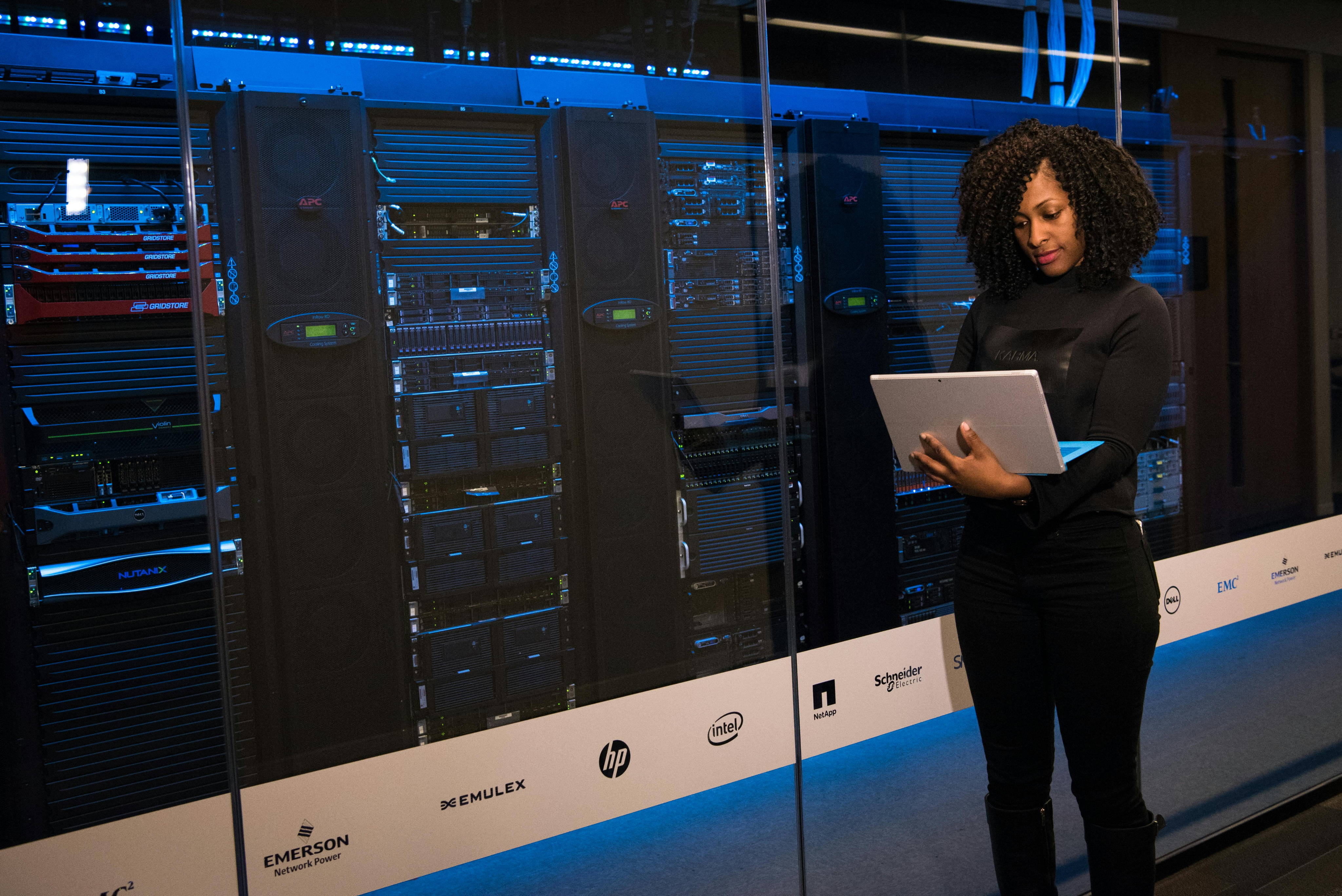Implementing HDFS ACLs in OneFS
The HDFS protocol supports POSIX.1e style ACLs. Supporting such ACLs in a multiprotocol environment means a translation method should be defined to translate between the NFSv3 mode bits, NFSv4 ACLs, Windows Style ACLs and the POSIX.1e ACLs. POSIX.1e ACLs differ in their structure and evaluation algorithm as compared to other ACLs that are currently supported in OneFS. The talk will detail the approach we took and also some of the surprising challenges related to multithreading.






